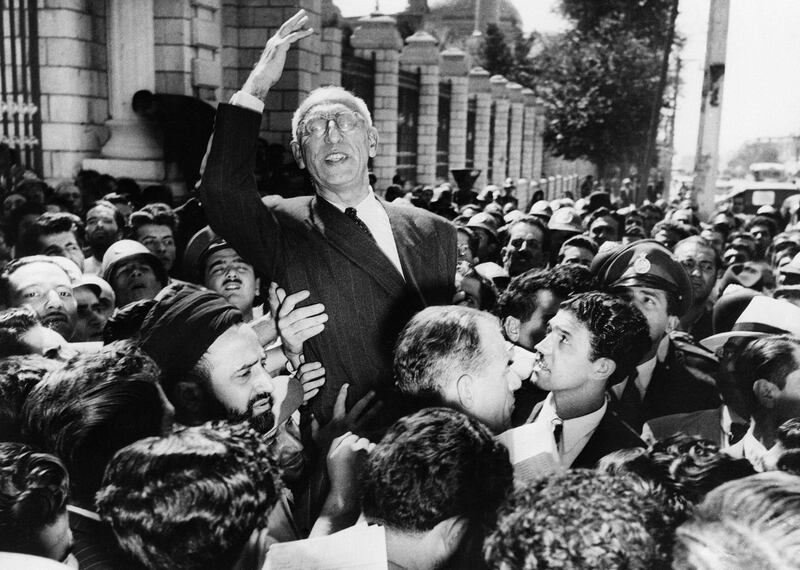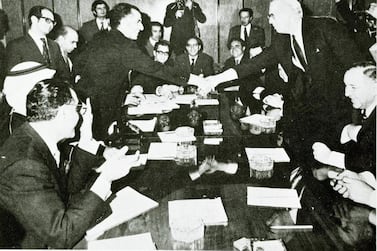A diplomatic blunder led to Britain’s Queen Elizabeth II playing an unwitting role in the 1953 Iranian coup that poisoned relations between the two countries for decades, according to newly unearthed documents.
A poorly worded cable led American officials to believe, erroneously, that the UK monarch had given her support to the overthrow of the Iranian government, according to files revealed in a British television documentary, The Queen and the Coup, aired on Sunday.
The United States used this apparent backing by the queen to stiffen the resolve of the Shah to remain in the country as the UK and US plotted to install an authoritarian regime in place of the democratically elected prime minister, Mohammad Mosaddegh.
But the new evidence suggested that the US cable had mixed up Queen Elizabeth and the liner that bore her name, on which the British foreign secretary, Anthony Eden, was travelling to Canada for a conference.
The Americans realised their mistake within hours but failed to tell Britain or the Shah, according to professor Richard Aldrich, one of the two historians who unearthed the documents.
Five months later, Mosaddegh was thrown out of office and the Shah became the pre-eminent force in the country until he was eventually deposed in the 1979 revolution.
Mr Eden had sent the telegram from on board the Queen Elizabeth to urge the US secretary of state John Foster Dulles to ensure the Shah remained in the country to ensure the plot was not still-born. The British had been angered by Mosaddegh's nationalisation of foreign oil interests and had sought to persuade the US that the country was at threat from a communist takeover.
The US telegram to its ambassador in Tehran said: “Foreign Office this afternoon informed us of receipt message from Eden from Queen Elizabeth expressing concern at latest developments re Shah and strong hope we can find some means of dissuading him from leaving country.”
Rory Cormac, an international relations expert from the University of Nottingham, told NBC News that the cable could have been used as ammunition “from somebody whom the Shah really respects, the queen, the leader of the global royal families.”
The US ambassador to Iran, Loy Henderson, met with the Shah’s senior officials after receiving the telegram to try to persuade the jittery Shah, who was on the brink of leaving the country after a power struggle with the prime minister, to stay put.
Henderson wrote to his superiors telling him that he had explained to one of the Shah’s senior ministers how a “very important personage for whom the Shah had most friendly feelings had also expressed sincere hope that Shah could be dissuaded from leaving country”.
The scholars said that the Shah reversed his decision to fly out of the country after the meeting.
Mr Aldrich said: “In our view, if the Shah had done a runner this coup probably would not have happened.”








